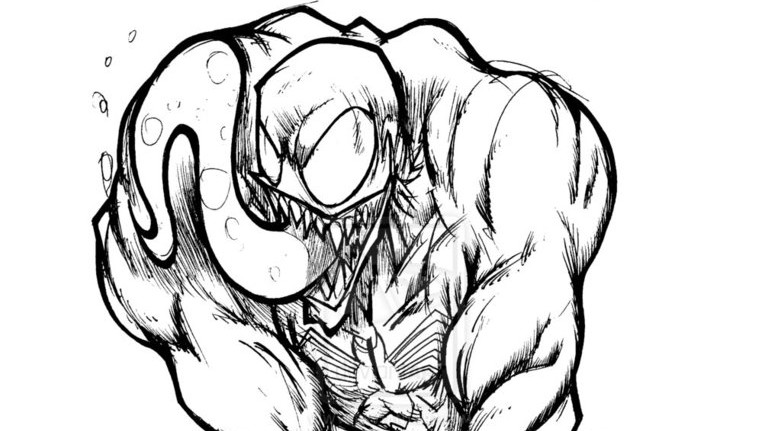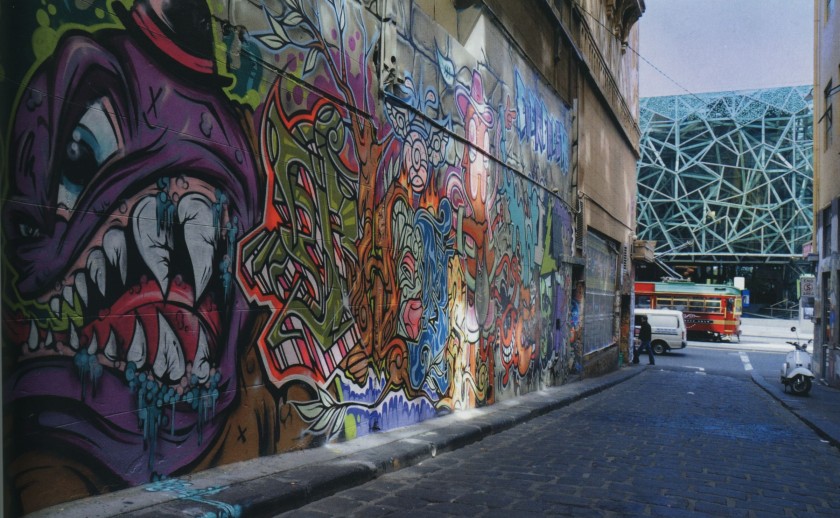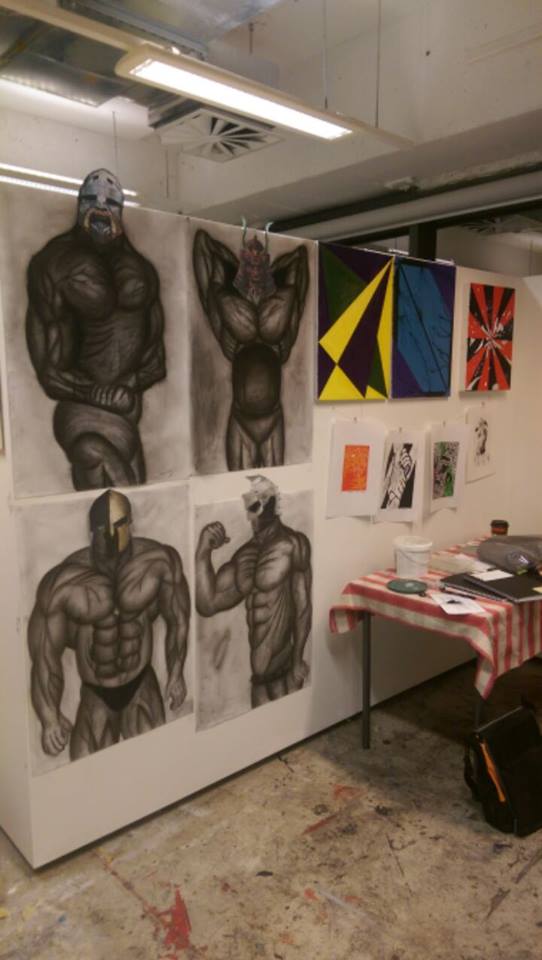Augmented reality –
Is a live direct or indirect view of a physical, real-world environment whose elements are Augmented or supplemented by computer generated sensory input. Computerised Elements such as sound, video, graphics or GPS data are used to demonstrate the way each piece of work is presented. It is closely related to a more general concept called mediated reality, in which a view of reality is modified possibly even diminished rather than augmented by a computer.
As a result, the technology functions by enhancing one’s current perception of reality. By contrast, virtual reality replaces the real world with a simulated one. Augmentation is conventionally in real-time and in semantic context with environmental elements, such as sports scores on TV during a match. With the help of advanced Augmented Reality Technology (adding computer vision and object recognition) the information about the surrounding real world of the user becomes interactive and digitally manipulable. Artificial information about the environment and its objects can be overlaid on the real world turning materialistic images into digital objects just by viewing them through specific
Some might see this as an attempt to gamify art by adding on unnecessary bells and whistles. From another perspective however, it could potentially deepen our artistic engagement. The technology has a ways to go but it could significantly change the way we view art. If you could see a perfect 3D facsimile of an artwork in your national gallery, would you need to fly halfway around the world to visit the museum where the real thing hangs? More importantly, it could provide access to thousands of works in private collections that are off-limits to most people. Instead of distancing us from our experience of art, it has the potential to bring a wider audience into contact with art they might never have seen.
Artist and Professor Josue Abraham has taken aboard the fundamentals of being able to explore art through digital reality and create sculptures that can only be completely reviled through the use of hand held technology. By holding a tablet or smartphone up to the pieces in his Virtualidades exhibition and they come to life: broken mannequin’s become whole, walls sprout robot arms, and tiny fairies flit about the room. It’s quite amazing to see such creativity displayed through technology that has been a growing part of society for quite some time now and to see it used effectively within the artistic community shows potential for greater growth.
The augmented reality experience is Abraham’s first dive into the Metaio software that made it possible. While teaching art direction at Universidad Autonoma de Mexico in Merida, he experiments with new technologies surrounding photography, sculpture, theatre, and more. Although it debuted back in April 2014, Virtualidades remains a novel take on the possibilities for sculpture that goes beyond the realm of the physical and dives into the digital world. It is true that many artists today and even in years to come may argue that art inherits much greater value in its physical form then it does through digital concepts, Although that’s not to say that with practice and with the growing popularity of technology today that in the future, mixed reality approaches to art maybe the next real big discovery in art community’s all around the world and may open new and greater opportunities to those who truly admire the digital aspects of creativity and with professions such as Illustrators, Architecture’s, graphic designers & 3-D model artists who use technology to display their work, I’d believe that they may take a very large interest in being a part of augmented reality as a growing genre in the artist community.



